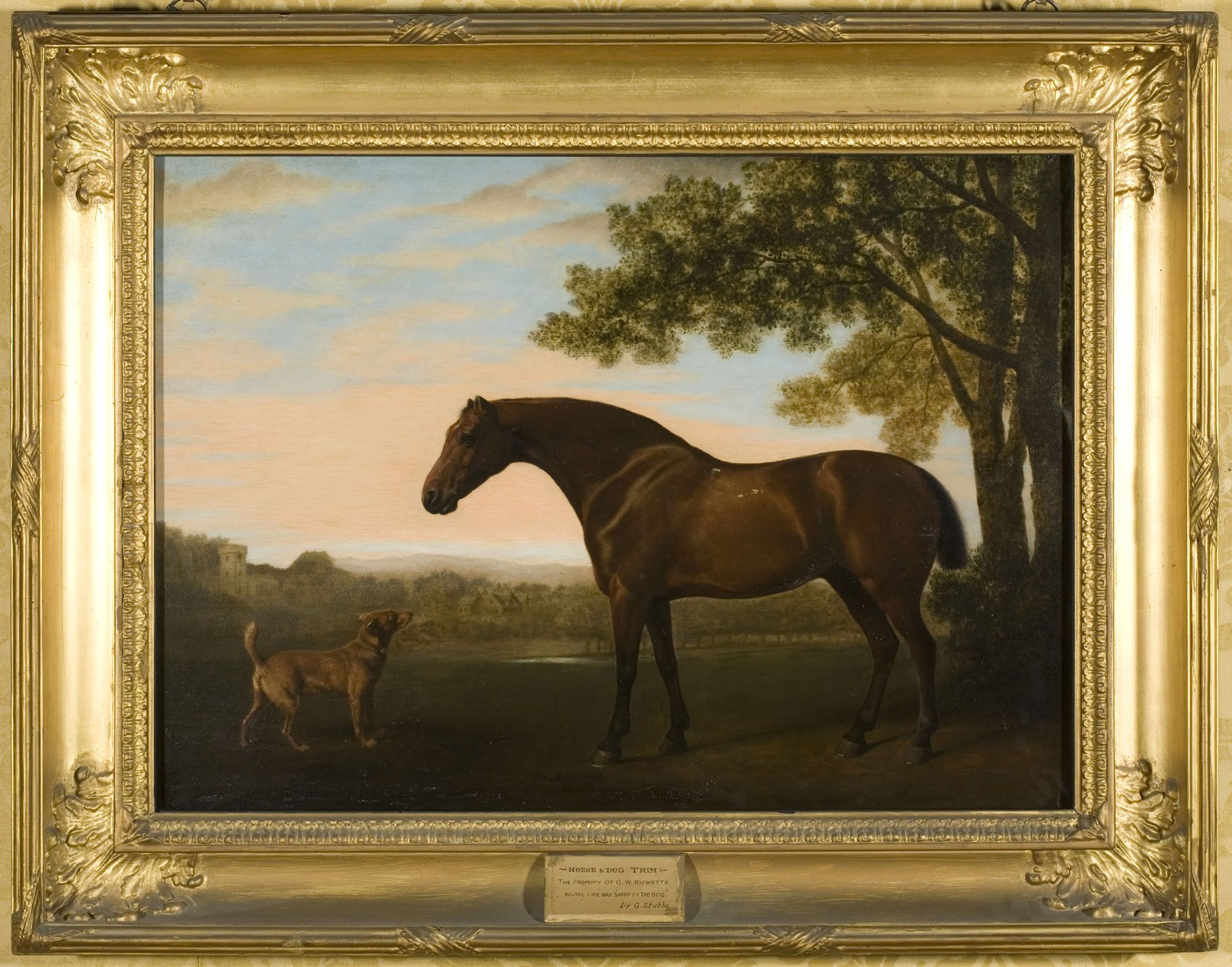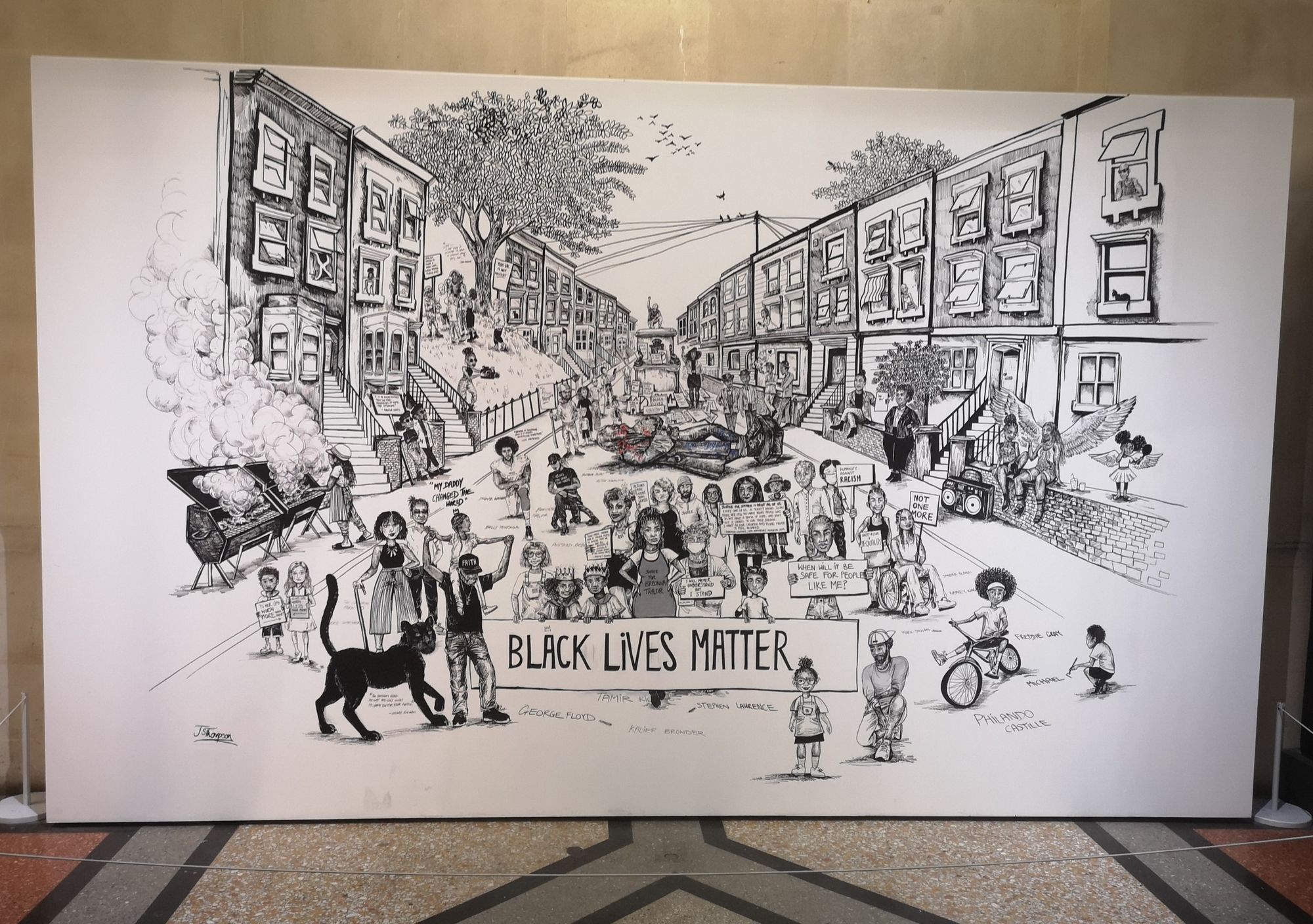By Milan Perera, Arts Critic Columnist
After a brief absence, Horse and Dog 'Trim', the painting by the 18th Century British artist George Stubbs, is back on display at the Bristol Museum & Art Gallery amidst a wave of outspoken opposition. Though the subject matter itself is innocuous, the backstory surrounding this painting is contentious and seems to perpetuate the racist stereotypes towards enslaved people. Did the City Museum make the right call in reinstating Stubbs’ painting?
Another year and another Black History Month. This year’s theme is Time for Change: Actions Not Words. These powerful words echo down the vista like a battle cry. It is not sufficient to be outraged at the ingrained racism and offensive narratives within society, but time for far-reaching actions to redress and restore. In the 2022 Priory Lecture, “Legacies of slavery, ‘Hidden Histories’, and contemporary racism”, the academic and activist, Professor Mamokgethi Phakeng, reiterated that it is grossly insufficient to just condemn expressions of colonialism without having an action plan to follow.
Works of art, such as paintings or sculptures, have an enormous power to invoke and inspire, even if they are not based on sound ideology. The Bristol based historian and broadcaster David Olusoga commented that “Statues aren’t about remembering history; they are about memorialisation.” Museums are not inanimate structures of brick and mortar but living and breathing organisms which present distilled narratives of history.
In his illuminating book, Out of the Wreckage, George Monbiot comments that “It is not enough to challenge an old narrative, however outdated and discredited it may be. Change happens only when you replace it with another.” Museum artefacts with links to the colonial past and transatlantic slave trade cannot remain unchallenged, however great their artistic merits may be. The painting in question, Horse and Dog 'Trim', has been offensive to many due to the racial tropes embodied in the work. Here lies the challenge. What is to be done? A permanent removal or a robust provision of its context?

Speaking exclusively to Epigram on these facets of the debate was Dr Richard Stone from the Department of History at the University of Bristol. According to Dr Stone, the decolonisation of institutions, education and art are of great importance in balancing the ledger. The families of Wills and Fry, the biggest benefactors to the University of Bristol, have benefited enormously due to links to slavery. Though neither family were directly involved with the slave trade, they capitalised on the mechanisms prompted by it. “It is quite ironic that I once gave a talk on the legacy of the Fry family in Fry Building!” Dr Stone recounts.
Not only the University of Bristol but churches, charitable organisations and institutions including the Bristol Museum and Art Gallery greatly benefitted from the legacy of these families. “Even the university crest consists of symbols relating to the slave trade. Actually, it is not the ship symbol that’s most offensive but the dolphin and the sun which refer to Edward Colston and Wills family respectively.” When I asked Dr Stone on how to approach controversial works of arts, especially those with negative racial connotations, his response was that “No collection of art in a museum or art gallery should be static. The meaning of a work of art is not dictated by those who created it. Its meaning is set by how any given society interprets it.”
It goes without saying that a wider discussion over a period of time before the removal or contextualisation of a work of art is of paramount importance. Speaking to Epigram on this was the esteemed Stroud-based art valuer and auctioneer, Nicholas Bowkett, who commented that “I think objects of more than a hundred years old start to become interesting as they form a part of our history, both good and bad. Showing controversial works of art in public spaces shouldn’t be banned but sensitivity should be exercised in informing the public what they are about to see and providing them with a clear choice to view or not. It is a devilishly complicated subject and I am conscious I am looking at it from a very narrow viewpoint (white, male, middle-aged and middle-class). If my ancestors were slaves I might have a very different outlook.”

When I put this question to Hilary Frank-Ito, a Postgraduate student from Nigeria, his views seemed to echo with that of Mr Bowkett’s. “Centuries after, many are debating the most appropriate action to take towards redressing works of art or names with links to the slave trade. Sadly, no one can erase history. This is a present and future reality. We should do everything to capture history and express it in truth and fairness for posterity.”
When Epigram visited the City Museum and Art Gallery, Tasha, one of the curators, explained how the museum is committed to the decolonisation of art. The newly mounted Horse and Dog 'Trim' is accompanied with a new plaque to provide a broader context. According to the museum, Uncomfortable Truths is a project, launched in 2018, that seeks to uncover difficult truths behind museum objects – how they were collected, what they represent and the problematic pasts that are hidden behind them.
We may be at the foothill of a long and arduous climb in battling the deep-rooted racism in contemporary society, but it is a journey worth undertaking. As the relevant ancient proverb states 'It is better to light a candle than to curse the darkness'.
Featured image: Courtesy of Evelyn Heis








